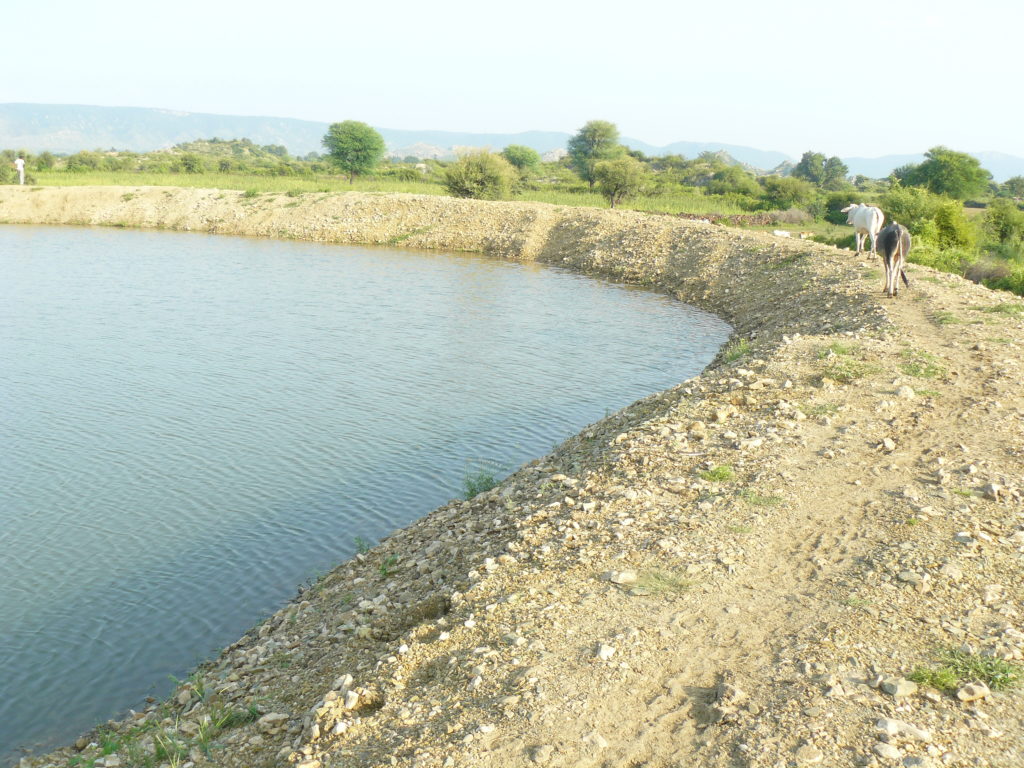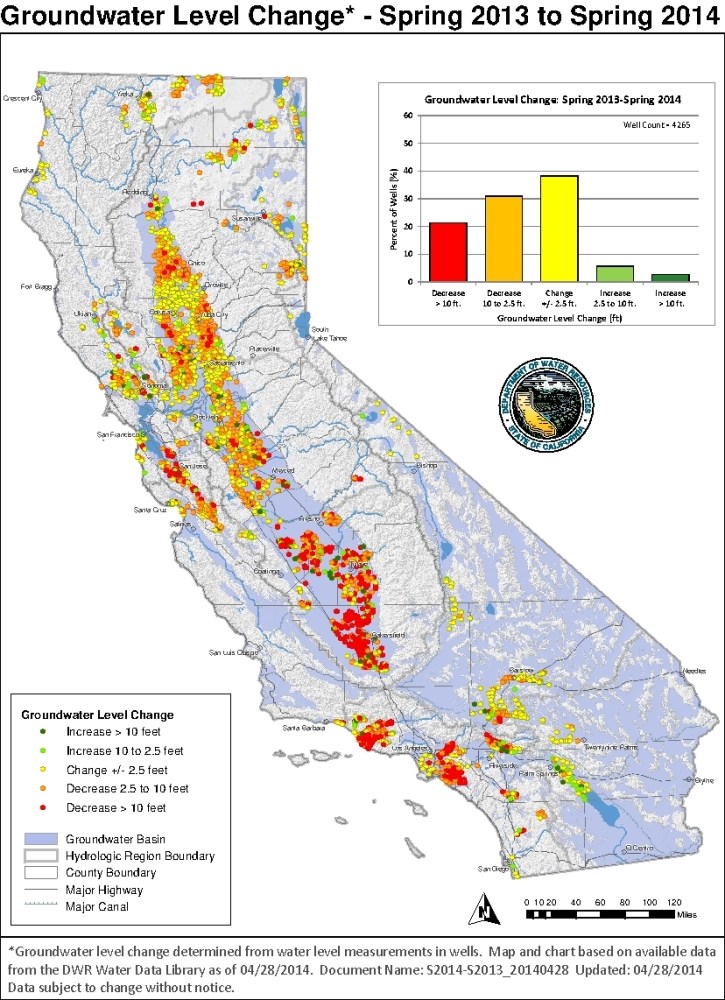Rain has a wide range of impacts: it is the harbinger of prosperity for farmers, can cause havoc for people living in flood prone areas, aids in replenishing ground water levels and water reservoirs, or simply helps lower the temperature on a hot summer day.
For urban dwellers, rain’s significance is generally limited to determining whether it will hinder their outdoor commute. But should we start looking at rain at a deeper level? Can we start looking at rain more proactively to address our water woes?
Rain has indirectly supplied us with water to meet our needs by replenishing ground and surface water, but the more direct approach of capturing rainwater that falls onto one’s roof is slowly gaining traction. Known as rainwater harvesting, this practice can result in a plethora of benefits:
- significantly reduce a household’s dependence on an external/ public utility supply.
- reduces the discharge of water in storm water drains, thereby reducing the incidence of flooding in low lying areas.
- may dilute any harmful chemicals (like fluoride) that may be in the water.
Rainwater harvesting may appear to be a novel concept, but it has been practiced in a myriad of ways in across the world. The ancient Romans were masters of designing and constructing decentralized rainwater harvesting systems. Each house had a pool to receive rain water falling on its roof. These pools had sloping sides lined with ceramic. Water evaporation from these pools aided in cooling the house, while the water was used for domestic consumption.
In India, large centralized rainwater harvesting systems were built to tackle the effects of flood and drought. These systems were designed in consideration of the geographical uniqueness of that particular region. Step wells are rectangular-shaped subsurface structures constructed in the downstream region (valley of a hill). These wells aid in trapping both the upstream surface and upstream subsurface flows.

A step well in Jaipur, India
Image courtesy: https://www.atlasobscura.com/
There were also Johads- earthen embankments used to trap surface rainwater runoff. A pond is excavated on the intersection of three naturally elevated regions. The excavated soil is used to create an earthen wall on the fourth side to prevent the water from running off.

Image courtesy: https://www.internationalrivers.org/
Another water harvesting structure is the Zabo practiced in Nagaland in the northeastern part of India. Channels are created in the forested hill sides to collect the rainwater flowing off the hilltops. These channels are made to pass through cattle yards where the water mixes with the cow dung and urine before collecting in ponds in the paddy fields at the base of the hills. Rich in manure, this water is used for rearing fish and growing medicinal plants.
Yet with increasing urbanization and population density, the concept of rainwater harvesting to independently meet one’s needs has given way to dependence on a centralized piped water supply. A centralized water supply does have its share of advantages, such as:
- better water quality.
- convenience of access and availability.
But it also has some shortcomings:
- it can be fully cut off in the event of a natural calamity.
- accidental source pollution will have large-scale adverse impact.
But beyond all this, there has been a paradigm shift in how one “treats” water after the advent of utility piped supply. In prior years, water was seen as a precious resource which had to be conserved and used judiciously. Now it is a mere commodity and not given the value it ought to be. Water waste is the norm rather than the exception.
With increased consumption and reduced conservation measures, there has been a rapid decline in fresh water reserves in many parts of the world. Countries where agriculture is a major economic activity have started exploring ground water withdrawal to meet increasing water demand. Excessive ground water withdrawal without adequate replenishment has rendered many regions with ground water overdraft. This condition occurs when ground water use exceeds the amount of recharge into the aquifer resulting in a decline in the ground water level. California is a classic example of a region being affected by ground water overdraft.

Map showing the change in ground water levels in California, United States of America
Image courtesy: https://www.circleofblue.org/
With marked change in climate patterns, rainfall has not been consistent. Long periods of drought followed by a period of flash floods are becoming more common. An increased concrete footprint combined with less tree cover has resulted in more water run off instead of water percolating into the ground. Most rain water is being allowed to run off into the sea.
Fortunately, rainwater harvesting is being revived at different scales in different parts of the world. At an individual household level, decentralized units are being installed to capture the rainwater running off the roof. This roof runoff is channeled to a storage structure – it could be a sub-surface masonry tank, or a rain barrel installed at ground level. Appropriate filtration techniques ensure that the water quality is suitable for drinking and cooking requirements. This reduces dependence on utility-piped supply. With costs increasing for piped water, this also results in reduced bills.
Using rainwater as an alternative to piped supply presents a list of advantages:
- The source and consumption points are almost the same (House roof top is the catchment. Consumption is in the house). This eliminates the need for complex piping for distribution from source to consumption point.
- Rainwater is pure and inherently does not need any treatment. Contamination may occur due to atmospheric or roof top surface pollutants which can be treated for.
- The cost of rainwater consumption is almost zero. The only cost is the initial capital expenditure for the system installation.
- Rainwater harvesting reduces the burden on the public water supply. In turn, it reduces the burden on surface and ground water sources.
These are compelling reasons to invest in a sustainable practice like rainwater harvesting. With adequate support from governments via proper guidelines and enforcement, many urban cities can drastically reduce their water woes.
References:
http://www.rainwaterharvesting.org/rural/traditional1.htm
https://www.thebetterindia.com/61757/traditional-water-conservation-systems-india/
http://wgbis.ces.iisc.ernet.in/energy/water/paper/drinkingwater/rainwater/introduction.html
https://wrrc.arizona.edu/sites/wrrc.arizona.edu/files/TWDB_The%20Texas%20Manual%20on%20RWH.pdf
http://waterinthewest.stanford.edu/groundwater/overdraft/index.html